Expansion of Digital Play Experiences
The Smart Toys Market is witnessing an expansion of digital play experiences, driven by the increasing integration of technology in children's lives. With the proliferation of smartphones and tablets, children are more exposed to digital content than ever before. This trend has led to the development of smart toys that offer interactive digital experiences, such as augmented reality and mobile app integration. Recent market analysis suggests that the segment of toys incorporating digital elements is expected to grow by 20% in the coming years. This growth reflects a shift in consumer preferences towards toys that blend physical and digital play. As manufacturers innovate to create engaging digital experiences, the Smart Toys Market is likely to evolve, catering to the demands of a tech-savvy generation.
Growing Awareness of Child Development
The Smart Toys Market is significantly influenced by the growing awareness of child development among parents and caregivers. There is an increasing understanding of the importance of play in fostering social, emotional, and cognitive skills in children. Research indicates that play-based learning can enhance a child's ability to communicate, collaborate, and think critically. Consequently, parents are more inclined to invest in smart toys that support developmental milestones. The market for developmental toys is projected to grow substantially, with estimates suggesting a rise of approximately 15% annually. This trend reflects a shift towards toys that not only entertain but also contribute to a child's overall growth. As awareness continues to spread, the Smart Toys Market is likely to expand, with manufacturers focusing on creating products that align with developmental needs.
Rising Demand for Interactive Learning
The Smart Toys Market experiences a notable increase in demand for interactive learning tools. Parents and educators increasingly recognize the value of toys that promote cognitive development and engagement. According to recent data, the market for educational toys is projected to grow at a compound annual growth rate of 10% over the next five years. This trend indicates a shift towards toys that not only entertain but also educate, fostering skills such as problem-solving and critical thinking. As a result, manufacturers are focusing on creating smart toys that incorporate advanced technologies, such as augmented reality and artificial intelligence, to enhance the learning experience. This growing emphasis on educational value is likely to drive innovation within the Smart Toys Market, leading to the development of products that cater to the evolving needs of children and parents alike.
Technological Advancements in Toy Design
Technological advancements play a pivotal role in shaping the Smart Toys Market. Innovations in robotics, artificial intelligence, and connectivity are transforming traditional toys into interactive experiences. For instance, the integration of voice recognition and machine learning allows toys to adapt to a child's preferences and learning pace. Recent statistics indicate that the market for smart toys is expected to reach a valuation of over 30 billion dollars by 2026, driven by these technological enhancements. Furthermore, the rise of the Internet of Things (IoT) enables toys to connect with other devices, creating a seamless play environment. This evolution not only captivates children but also appeals to tech-savvy parents who seek engaging and educational products. As technology continues to advance, the Smart Toys Market is likely to witness a surge in innovative offerings that redefine playtime.
Increased Focus on Safety and Quality Standards
Safety and quality standards are becoming increasingly critical in the Smart Toys Market. As parents prioritize the well-being of their children, there is a heightened demand for toys that meet stringent safety regulations. Recent data indicates that the market for safe and high-quality toys is expected to grow by 12% over the next few years. Manufacturers are responding by implementing rigorous testing and certification processes to ensure compliance with safety standards. This focus on safety not only builds consumer trust but also enhances brand reputation. Additionally, the rise of eco-friendly materials in toy production aligns with consumer preferences for sustainable products. As safety and quality become paramount, the Smart Toys Market is likely to see a shift towards more responsible manufacturing practices, ultimately benefiting both consumers and the environment.
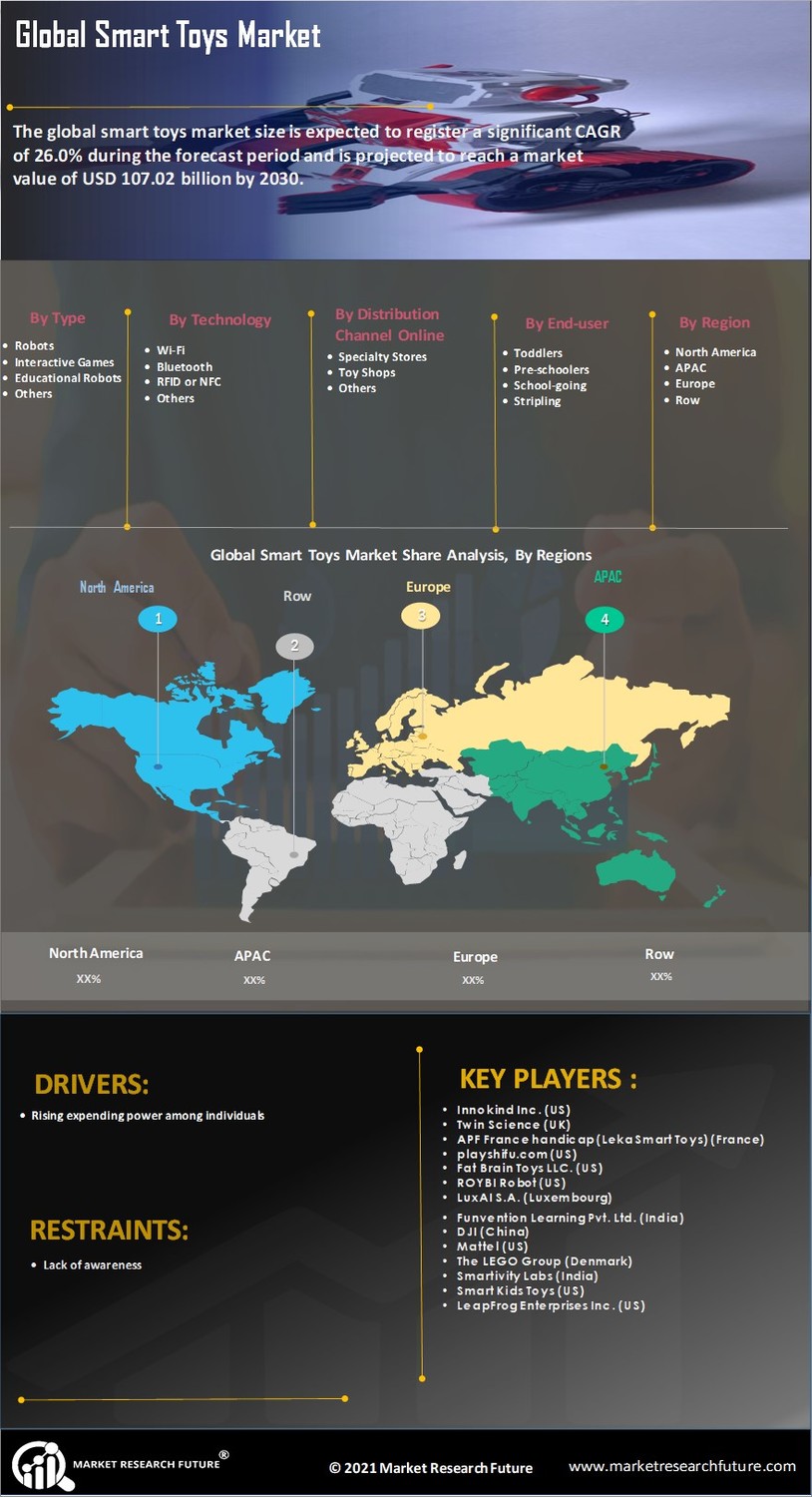

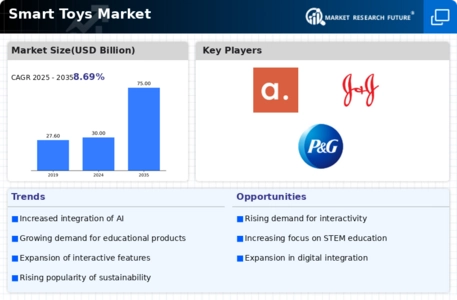
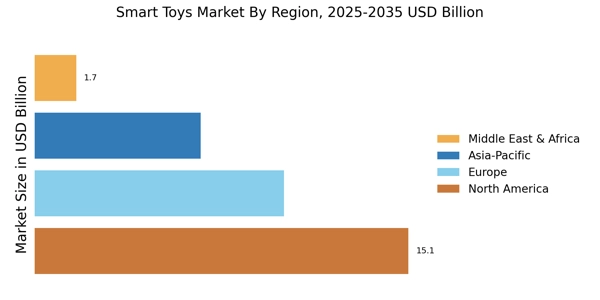

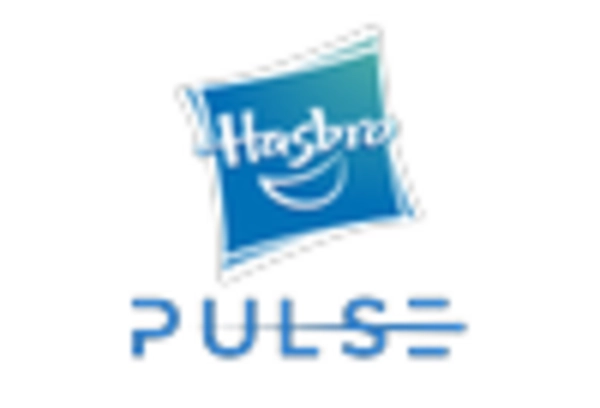
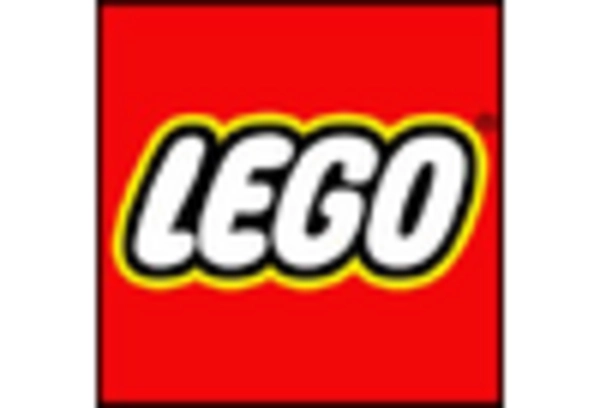
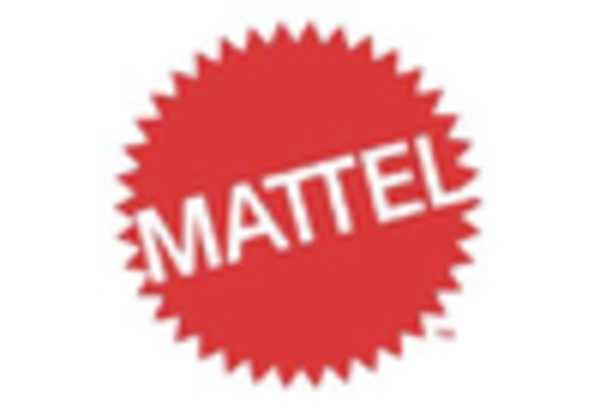










Leave a Comment